Remember all that time you spent in school learning grammar? Never end sentences with prepositions, don’t split infinitives, make sure every sentence has a subject and a predicate…
Remember those rules?
Now, forget them. Because when you’re writing dialogue, the goal is not to be 100 percent grammatically correct—it’s to be true to your characters’ unique, human voices.
Consider the difference:
“Sir, I hope you can help me free my cat. She’s climbed the tree in my front yard and can’t seem to climb back down.”
versus
“Help! Over there! My cat’s stuck in the tree!”
When we’re speaking to each other as human beings, we don’t take the time to think about the rules. Instead, our sentence structures are informed by how we feel about what we’re saying. If, you know, you were um, nervous or maybe a li-little intimidated, it would show up in your language. As would frustration, excitement, or any other feeling you might be feeling.
And as writers, it’s our job to capture that human imperfection—and authenticity—in dialogue.
We use terrible grammar in real life, we interrupt our sentences with fillers, and we often let our thoughts trail off before we get to the point. Let your characters’ dialogue be messy like that.
Next time you’re reading a book, pick a section of conversation to read out loud. Compared to the narrative, the dialogue should feel more like a natural speaking voice. Do the same in your own writing.
Finding that natural voice is the first step, but don’t stop there.
Your characters each deserve their own, unique voices. Voices that reflect their personalities, upbringings, and values, and voices that differentiate them from one another in the book.
Let’s play a game: I give you a line, and you tell me who’s speaking. (Warning: language ahead.)
“Powerful you have become. The dark side I sense in you.”
“One of the biggest reasons I left Elkton Hills was because I was surrounded by phonies. That's all. They were coming in the goddam window. For instance, they had this headmaster, Mr. Haas, that was the phoniest bastard I ever met in my life.”
“The matter with human beans is that they is absolutely refusing to believe in anything unless they is actually seeing it right in front of their own schnozzles.”
I’ll bet you recognized Yoda right away. Maybe you picked up on Holden Caulfield (Catcher in the Rye) or the Big Friendly Giant (The BFG), as well. But even if you weren’t sure about the source, you probably caught on to the idea that these three characters’ distinct voices are core to the way audiences see them.
If Holden Caulfield stopped swearing or the BFG always got his numbers and tenses right, they’d suddenly be different people. Now, you don’t have to be as extreme as inventing new syntaxes or coining new words for every character, but the more you can commit to these unique voices, the more you’ll be able to immerse your audience in the world you’ve put in front of them.
So how can you practice developing these voices?
The best way to get good at dialogue is to pay careful, active attention to how the people around you are speaking.
One of my favorite exercises to get my writing brain in the mindset of real human conversation comes out of the playwriting classes I took in college. It’ll sound a little awkward, but I promise it’s worth it.
Head to your favorite coffee shop, bar, or park—somewhere you can bring your laptop. Put yourself within earshot of a conversation, and transcribe it word for word, down to the ums, likes, and ers. (I find it feels less weird if I put in headphones so I look like I’m listening to something else while working intently on my computer.)
The idea here is to pay hyper-close attention to the way we actually speak and to build up some of those patterns in your muscle memory so that, when you sit down to write dialogue for your own story, it’ll be easier to make it natural.
As a bonus, you may stumble upon a great new character for your next book.
This post contains affiliate links.

